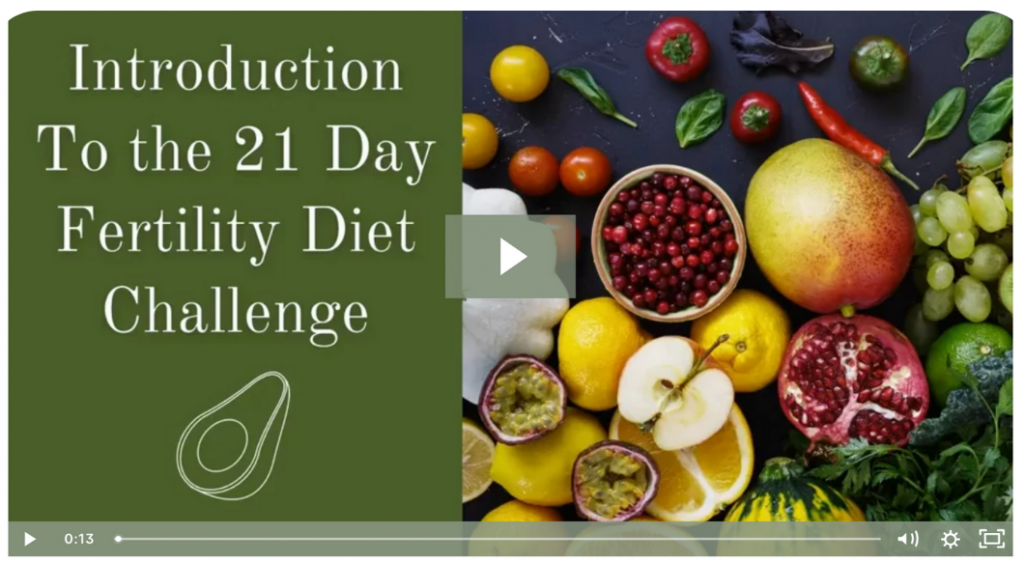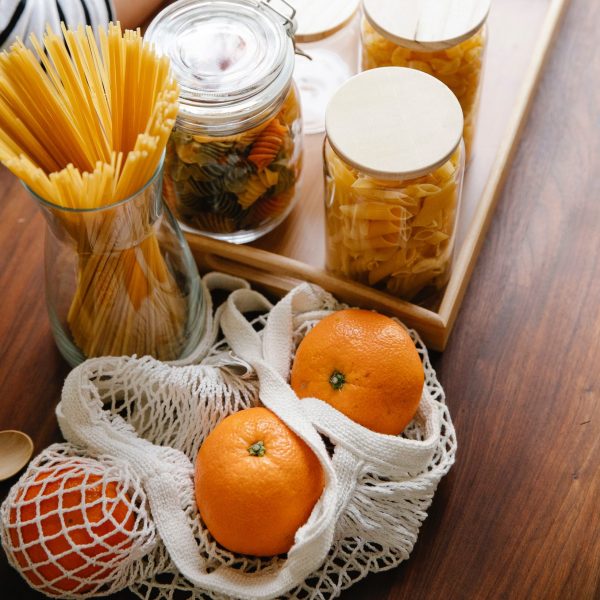Traditional Chinese Medicine (TCM) tends to view all foods as having medicinal properties. There is good medicine and there is bad medicine, but everything we ingest has an impact on our bodies as a whole.
At its core, this philosophy makes a lot of sense, even for those who have never before had much experience with TCM. If food is our fuel, it is easy to see how the quality of fuel we are taking in could matter. This becomes especially true when the body is no longer functioning at an optimal level. For women fighting endometriosis or struggling to conceive, food really does become medicine. And what you eat matters.
Treatment plans for endometriosis often include various hormone therapies that can inhibit pregnancy and produce various difficult-to-endure side effects. What if you could bypass those treatments with a natural plan instead though? There are plenty of people who say that you can do just that; these are proponents of alternative therapies and dietary changes which can reduce inflammation and pain levels when utilized correctly.
Is the Endo Diet Flawed?
While scientific studies have been slow to evaluate the benefits of an improved diet in treating endometriosis, there are thousands of women who claim to have seen a reduction in symptoms when following the guidelines of what has come to be known as The Endo Diet. The original creator of The Endo Diet is difficult to lock down, with several variations being marketed at any given time, but the basic concepts are dietary changes that most people could benefit from making. While the goal of The Endo Diet is to reduce inflammation, the recommendations would generally be good for anyone.
Those recommendations include increasing omega-3 fatty oils and fiber intake and eating foods like oily fish, dark leafy green vegetables, whole grains, and broccoli whenever possible. Wheat, red meats, dairy, caffeine, and processed foods, among other things, are considered best to avoid. The main goal of The Endo Diet is to begin consuming whole foods, with a focus on organic and preservative-free options.
Most good outlines of The Endo Diet include a long list of foods to avoid and those to load up on. The problem with The Endo Diet is that it is a fairly generic instruction manual, with few recommendations for individualized meal plans. While many of the foods highlighted by The Endo Diet do, in fact, have anti-inflammatory properties, this generic food plan ignores the fact that people often have their own food intolerances which can lead to inflammation as well.
Watch The Introduction to the 21 Day Fertility Diet Challenge
- Learn how to transition to a natural fertility diet by focusing on the important 5
- Get all the details on how to use nutrition as a tool for hormonal health, cell protection and fertility wellness
- An effective tool to help your tastebuds transition towards healthier foods
- Learn which foods are most important for fertility and how to regularly eat them

Think Outside the Box
Many people go through life assuming they have no food sensitivities to be wary of, purely because they have never had an obvious reaction to the foods they have been eating. There is a difference between sensitivities and allergies, however, and sometimes even without extreme reactions – you could be eating foods that are harming your body and causing increased bouts of inflammation and pain. Often people don’t realize this could be a possibility, because they have been eating the same foods their entire lives, growing used to feeling less than 100 percent and attributing that to “normal”.
Unfortunately, when women go on the endo diet, they often find themselves restricting many of the foods they have come to enjoy over the years. When that happens, it is not uncommon for them to overcompensate with other foods that are technically on the approved list. If a woman has a sensitivity to salmon, for instance, and begins eating more of it because The Endo Diet suggests she should – she may be counteracting any of the benefits of The Endo Diet by loading up on a food that is responsible for an increased inflammatory reaction for her personally.
How to Find Out if You Have Food Sensitivities
If you are considering embarking upon The Endo Diet for yourself, the best way to start is to first visit a naturopath who will conduct a few allergy tests to identify some of your personal sensitivities. You may then be asked to participate in an elimination diet, in order to determine what type of reaction you have to each of those foods you are sensitive to. Often women find that these elimination diets help them to truly understand the impacts of their food sensitivities in a way they had not even realized existed before. Once you cut those foods out which are causing your problems, you really are able to see just how much better you can feel.
From there, with your list of personalized sensitivities in hand, you can give The Endo Diet a fair shot. Your naturopath can help you to personalize a meal plan that takes all factors into consideration, increasing your chances of finding pain relief through dietary changes.
Please be good to yourself as you set out to make this major life change as well. Dietary overhauls are never easy, and there will be occasions when you will likely slip. As you grow more aware of how those slips affect you physically, however, it will become easier for you to stick to a healthier plan.
- Endometriosis – Diet and Nutrition to help reduce symptoms. (n.d.). Retrieved from: http://www.endo-resolved.com/diet.html
- Weil, D. (n.d.). Endometriosis – Dr. Weil’s Condition Care Guide. Retrieved from: https://www.drweil.com/health-wellness/health-centers/women/endometriosis/
- Allergies, Inflammation and Weight Control; Food-Allergy.org. (n.d.). Retrieved from: http://www.food-allergy.org/inflammation.html





